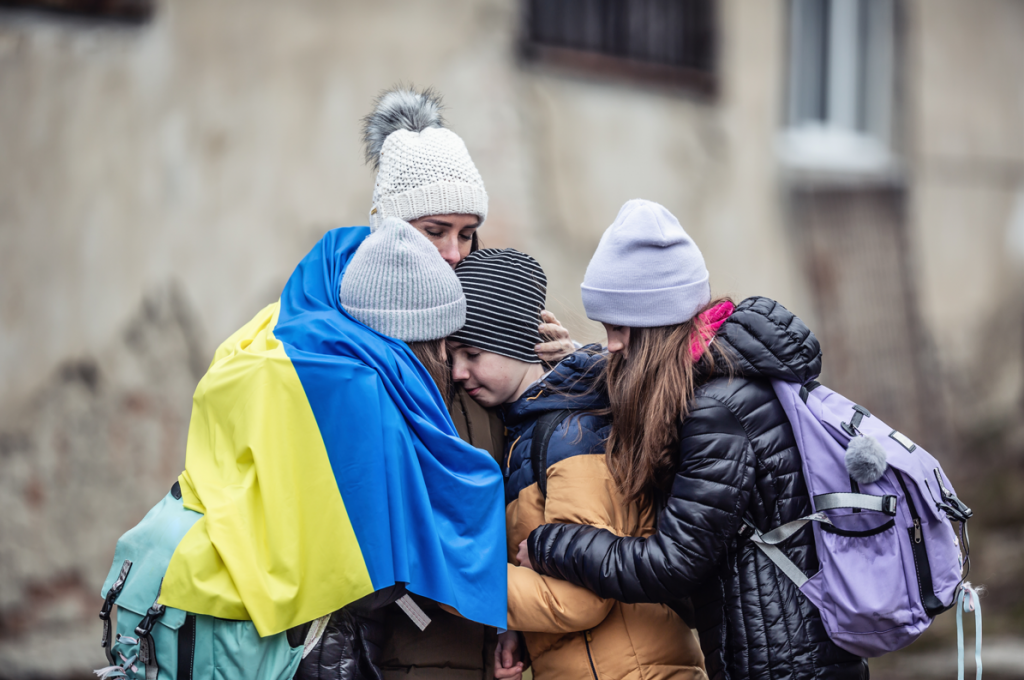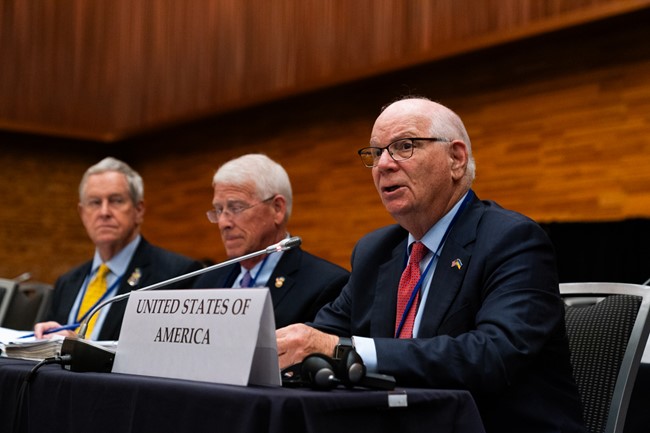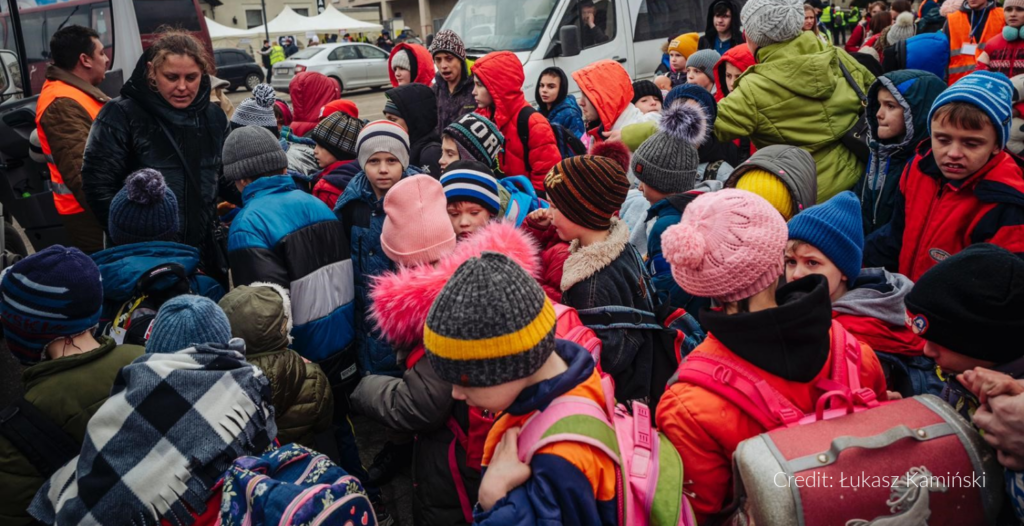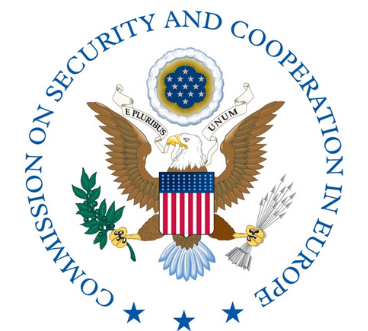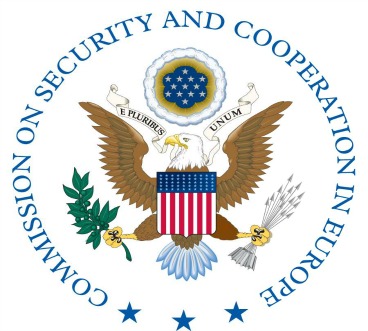By Felicia Garcia,
Max Kampelman Fellow
On April 6, 2018, customers in search of sexual services on massive ad marketplace Backpage.com were met with U.S. law enforcement agency logos and the words “Backpage.com and affiliated websites have been seized.”
Backpage.com, the world’s second largest classified advertising website—which operated in 97 countries and had an estimated value of more than $500 million—was seized for allegedly promoting and facilitating sex trafficking of adults and children.
The website company has been accused of not only knowingly advertising sexual services, but also of turning a blind eye to the sexual exploitation of women and children. In all, the U.S. Department of Justice (DoJ) has charged seven individuals in a 93-count federal indictment for facilitation of prostitution and money laundering.
The seizure of Backpage.com occurred just days before President Trump signed a new law that allows trafficking victims and state prosecutors to target websites that create a market for human trafficking. The Fight Online Sex Trafficking Act (FOSTA) and the Stop Enabling Sex Trafficking Act (SESTA)—referred to jointly as FOSTA/SESTA—were written to curtail online sex trafficking by making it “a federal crime to own, manage, or operate a website with the intent to promote or facilitate prostitution.”
The legislation allows state prosecutors to levy charges against individual websites without relying on the intervention of federal law enforcement. It also ensures that trafficking victims who were advertised on such websites can sue the websites that profited from their exploitation.
With the combination of the Backpage.com seizure and FOSTA/SESTA, Bradley Myles, CEO and executive director of the Polaris Project, found that “the online sex market has rapidly transformed from centralized and crowded to dispersed and sparse.
Drop in Online Sex Ad Volume
One of the biggest victories of the Backpage.com seizure and SESTA/FOSTA law has been the immediate reduction in ads. According to data collected by web search tool Memex and analyzed by Rob Spectre, CEO of childsafe.ai, commercial sex ads dramatically decreased immediately after the Backpage.com seizure.
According to Spectre, over the past several months there has been a marked downward shift in the online sex market, with an analysis of North America showing a 62 percent reduction in sex advertising online. Spectre found that nationwide, these ads dropped from approximately 2,750,000 in March to 1,000,000 ads in April—and many of these remaining ads are duplicates.
Prior to the closure of Backpage.com, law enforcement agencies struggled to sift through millions of sex ads posted in search of likely trafficking victims using tools like Memex, TraffickJam, and Spotlight. Their job was made even more difficult by the efforts of Backpage.com and others to hide the telltale signs of human trafficking—such as words or images that conveyed that the victim was a child—in the ads. Traffickers risked posting their victims online because they could hide like a needle in the haystack; now they have less “haystack” to hide in.
Buyers are also feeling the haystack effect. Previously anonymous because of the crowded marketplace, they can no longer easily hide from law enforcement—and this fear of discovery seems to have depressed demand.
In attempts to fight trafficking, the New York Police Department Human Trafficking Team has operated a demand deterrence program where they posted fake ads every day and recorded the number of responses. After the Backpage.com seizure, responses to decoy ads dropped 64 percent. “Perception of risk in this population [of buyers] is now at an all-time high,” said Spectre.
More Victims Coming Forward
The dramatic decline in the online sex trafficking market also seems to have created conditions where sex trafficking victims are coming forward for services. In his research, Spectre found that “all victims’ groups are reporting increases in self-referrals with some shelters indicating in the immediate aftermath that demand [for services] doubled. Beds have always been scarce in every American market—now LE [law enforcement] agencies are reporting they are almost impossible to find.”
New Challenges
While the dramatic decline in online sex ads is a remarkable accomplishment, the change in online slave markets will require law enforcement and NGOs to adapt to effectively continue the fight against human trafficking.
For example, the seizure of Backpage.com left a market with buyers looking for a place to go. Some more daring sex service websites are now competing fiercely for customers and finding ways to attract more traffic onto their sites by duplicating ads and soliciting first time buyers.
Monitoring efforts by law enforcement that were previously focused on Backpage.com now must be scattered among dozens of smaller websites. Analyzing data collected from a diffuse market rather than a centralized one makes the process even more difficult—but not impossible. Since April, Memex, TraffickJam, and Spotlight have been updating their law enforcement tools to be effective in a post-Backpage.com market.
Companies also are finding creative ways to manage the new risks of selling sex online. Some online website companies that profit from prostitution and trafficking are moving offshore to reduce the risk of government interference, to continue their connections with their current customers, and to extend their reach to new customers. Such offshoring makes it more difficult—but not impossible—for U.S. law enforcement to prosecute these websites.
Experts are also watching for any other unintended side effects of the Backpage.com closure, such as an increase in risky or illegal activity. For example, law enforcement agencies in Riverside County, CA, report that prostituted individuals are forced by their pimps or traffickers to meet the same quota as they were when they were advertising online, putting them in an even more dangerous situation as they are forced to work on the streets, private residences, and at truck stops.
Adapting to these new challenges in the United States may require action from Congress, including funding to properly equip law enforcement agencies with efficient monitoring tools and dedicated staff to use those tools; promotion of cooperation and information-sharing among law enforcement agencies, non-profit organizations, and governments at the local, regional, and federal level; and demand reduction through preventative action and prosecution of buyers and traffickers.
Since many companies are offshoring their business in fear of being sued by trafficking victims or prosecutors in the United States, other OSCE participating States must be vigilant to ensure that their State—and population—do not become the new victims of exploitative websites. In 2017, the OSCE Ministerial Council called on participating States to hold accountable those who misuse the Internet Communication Technologies to knowingly or recklessly facilitate access to children for sexual exploitation or child trafficking—such as by advertising children on websites—highlighting that such individuals should be prosecuted as traffickers.


